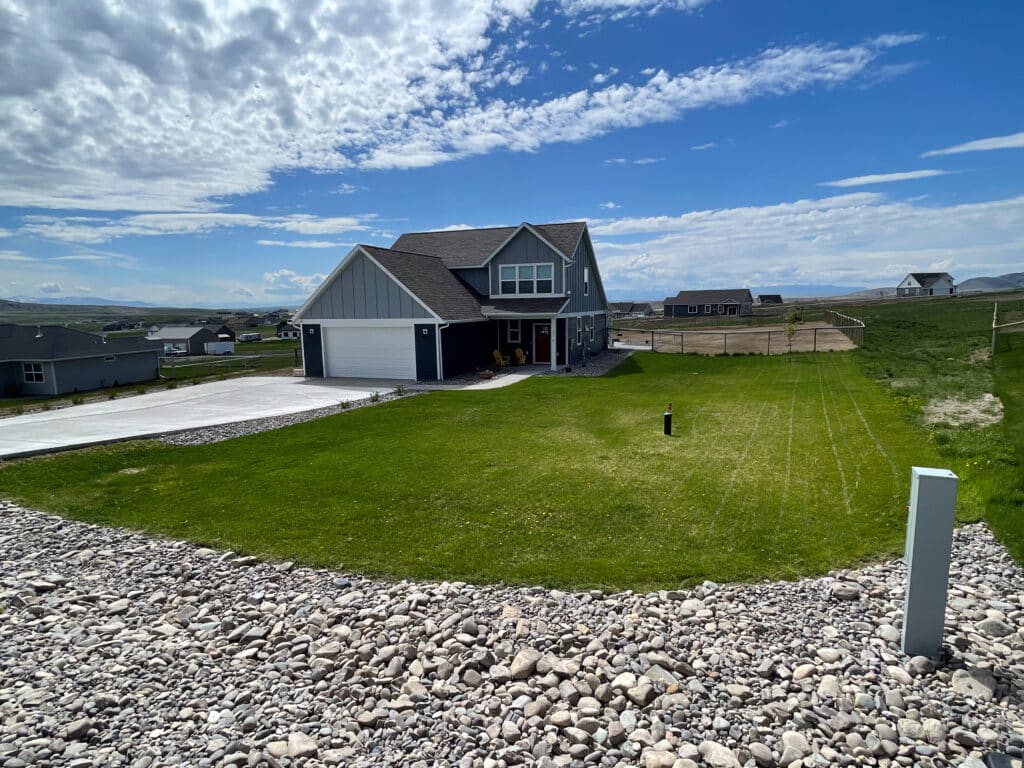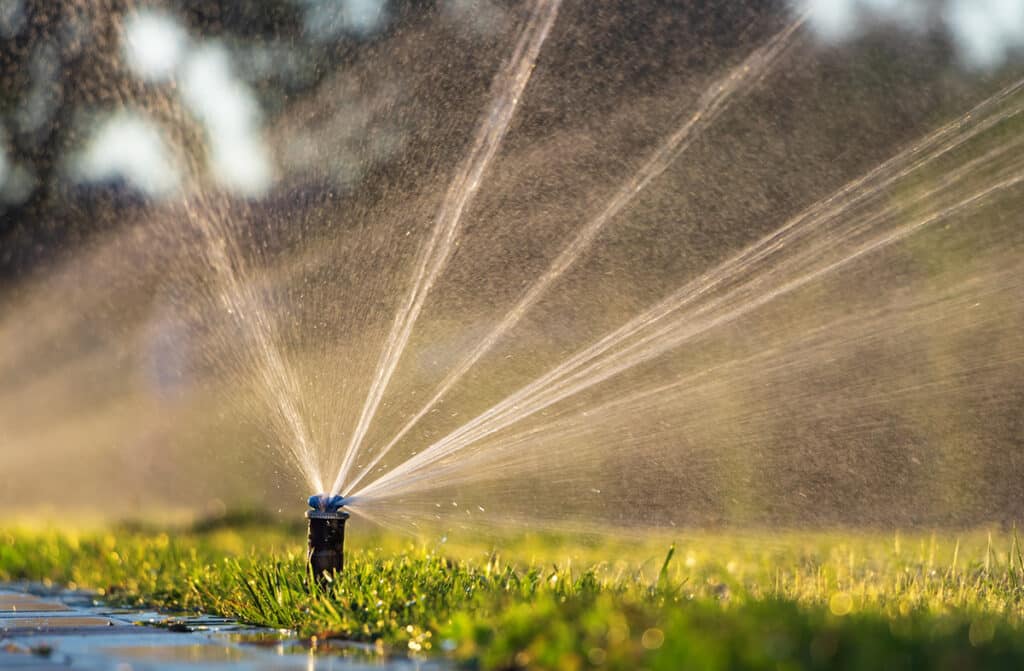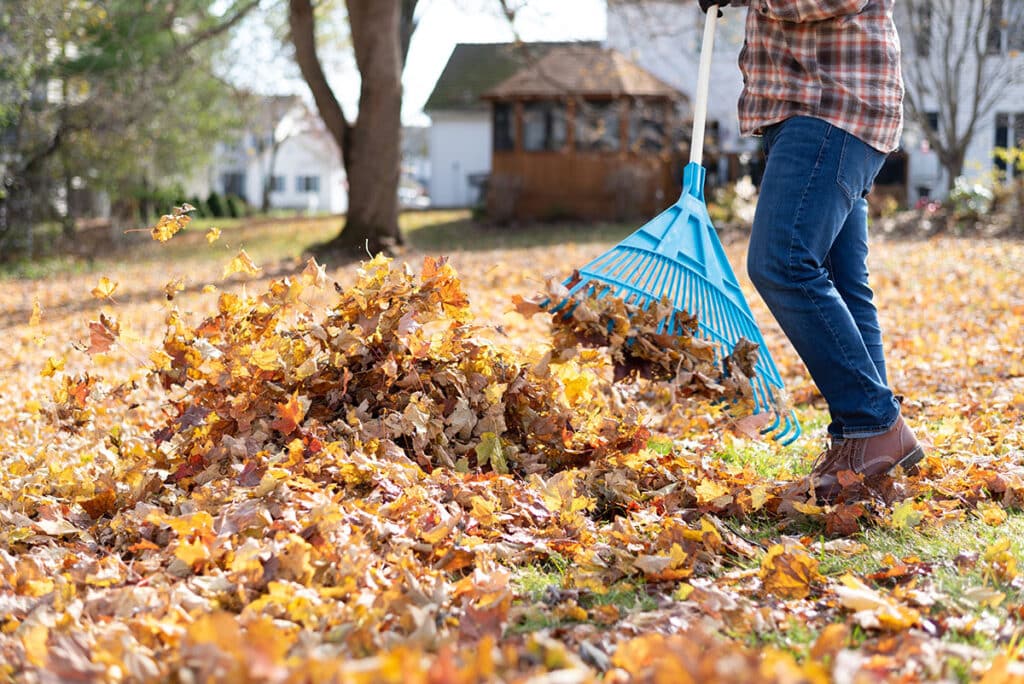Water deeply, mow at a higher height, and avoid fertilizing during extreme heat to help your lawn withstand hot weather.
Caring for lawns during hot weather is crucial to ensure the grass remains healthy and resilient. Here are some tips on how to care for your lawn in hot weather:
Considerations
1. Proper Watering
Early Morning Watering: Water your lawn early in the morning when temperatures are cooler. This allows the grass to absorb moisture before the heat of the day.
Deep Infrequent Watering: Water deeply and infrequently rather than shallow and frequently. Deep watering encourages the development of deep roots, making the grass more resilient to heat stress.
Avoid Watering in the Evening: Avoid watering in the evening to prevent prolonged periods of moisture on the grass, which can lead to fungal issues.
Use a Sprinkler with Good Coverage: Use a sprinkler with good coverage to ensure even watering across the lawn.
2. Mowing Practices
Raise Mower Height: Raise the cutting height of your mower to provide shade to the soil and promote deeper root growth.
Mulch Grass Clippings: Mulch grass clippings back into the lawn to retain moisture and provide nutrients.
Mow When Dry: Mow the lawn when the grass is dry to prevent stressing the plants.

3. Fertilization
Avoid Heavy Fertilization: Avoid heavy fertilization during periods of extreme heat. Fertilize according to the specific needs of your grass type and follow recommended guidelines.
Use Slow-Release Fertilizers: If fertilizing, consider using slow-release fertilizers to provide nutrients gradually.
4. Shade and Sun Exposure
Provide Shade: If possible, provide temporary shade to the lawn during the hottest part of the day, especially for newly planted grass.
Limit Sun Exposure for New Grass: New grass may be more susceptible to heat stress, so limiting its exposure to intense sun can be beneficial.
5. Aeration
Core Aeration: Perform core aeration to improve soil structure and allow better penetration of water and nutrients.
6. Drought-Tolerant Grass Varieties
Choose Drought-Tolerant Grass Types: Consider planting or overseeding with drought-tolerant grass varieties that are well-suited to hot and dry conditions.
7. Weed Control
Prevent Weeds: Keep your lawn healthy to prevent weeds from taking over during stressful conditions.
Hand Removal: Hand-remove weeds or use targeted herbicides to control them without harming the grass.
8. Soil Moisture Monitoring
Use Soil Moisture Sensors: Consider using soil moisture sensors to monitor the moisture levels in the soil. This helps in determining when to water.
Check Soil Moisture Depth: Check the depth of soil moisture by digging a small hole to see how deeply water has penetrated.
9. Irrigation System Maintenance
Check Irrigation System: Regularly inspect and maintain your irrigation system to ensure proper functioning and coverage.
Adjust Sprinkler Heads: Adjust sprinkler heads to prevent water wastage and ensure uniform watering.
10. Shade Trees and Plants
Strategic Planting: Strategically plant shade trees and shrubs to provide natural shade to parts of the lawn.
Mulch Around Trees: Mulch around trees to retain moisture and reduce competition from grass.
11. Lawn Inspection
Regular Inspection: Regularly inspect your lawn for signs of stress, pests, or diseases. Prompt action can prevent further damage.
Brown Patch Treatment: If brown patches develop, address them promptly with appropriate fungicides.
12. Professional Consultation
Seek Expert Advice: If you’re unsure about the best care practices for your lawn, consider consulting with a lawn care professional for personalized advice.
Final Thoughts
By following these tips, you can help your lawn withstand the challenges of hot weather and maintain its health and vibrancy. Adjustments in watering, mowing, and overall lawn care practices are essential to support the grass during periods of high temperatures and drought stress.



